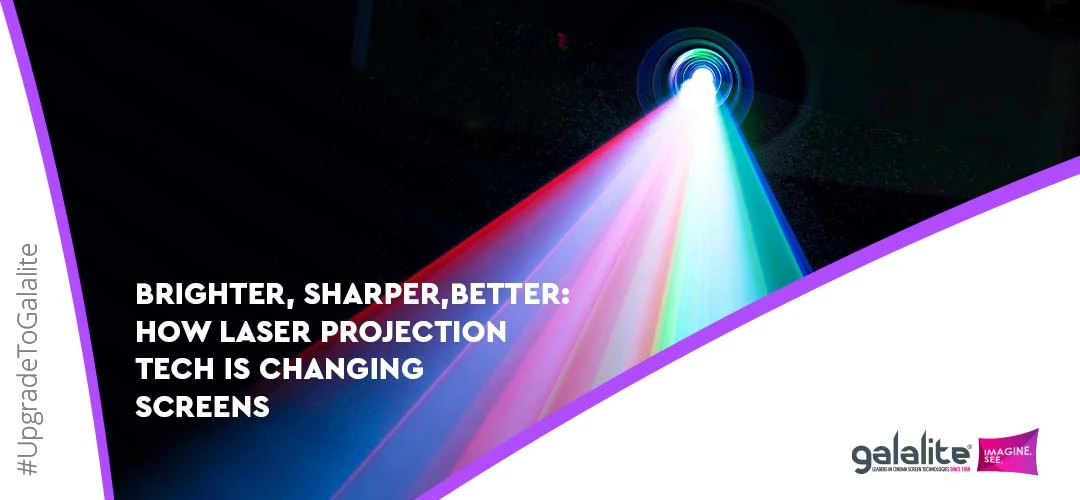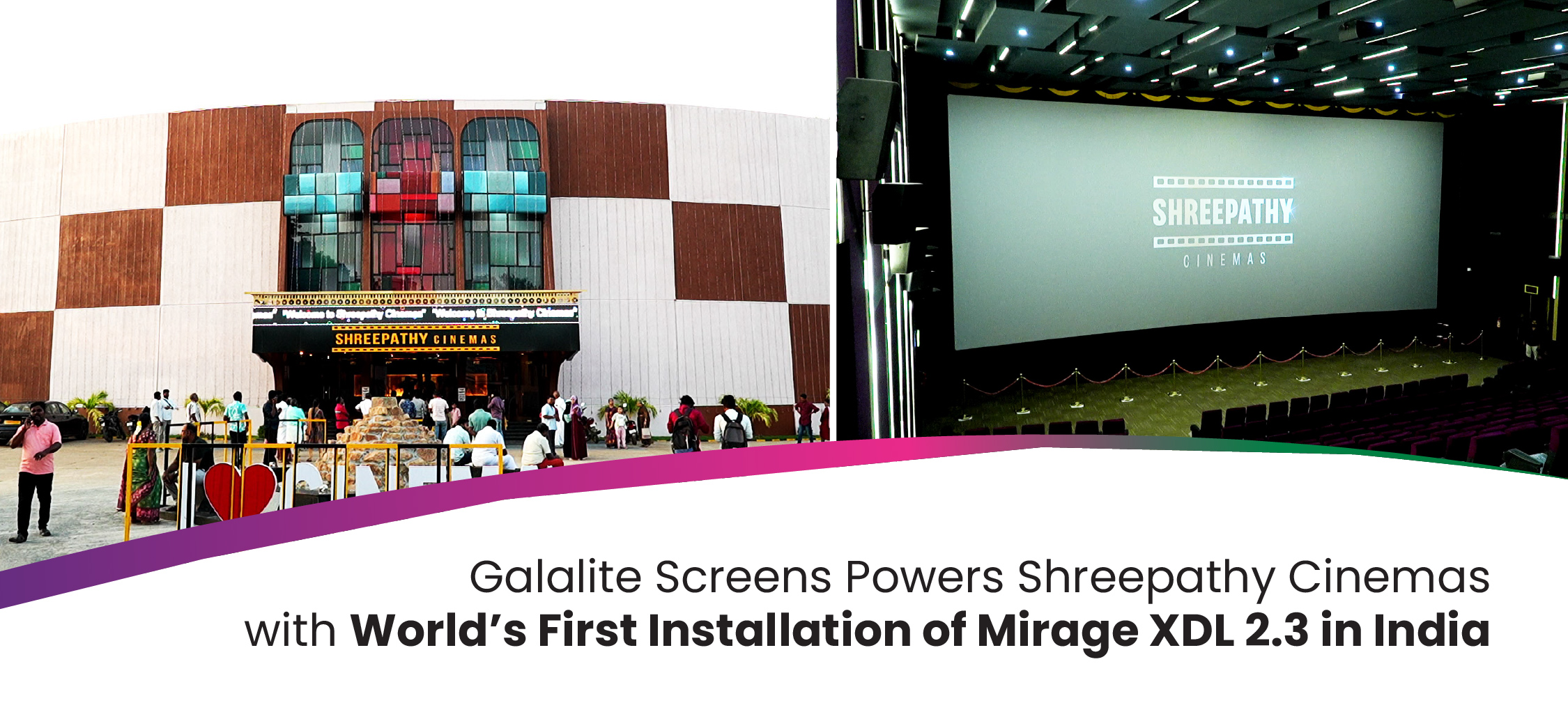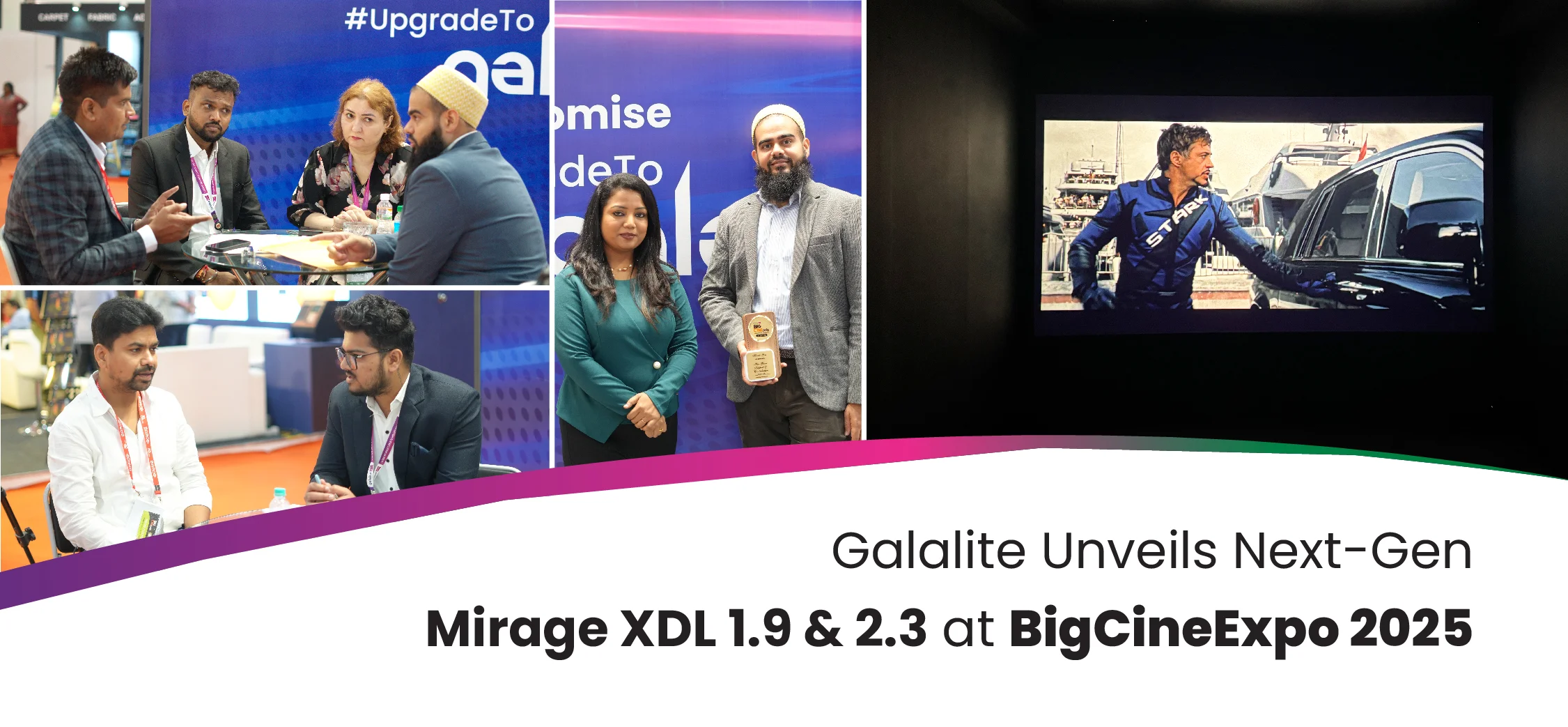
1. Introduction
- Overview of the laser projection –
Laser projection technology is the game-changer in the world of projection screens, revolutionizing the cinema industry and delivering unparalleled visual experiences. With a forecasted CAGR of 18.5% and an expected market value of US$ 29.57 billion by 2029, the laser projection market is experiencing remarkable growth and global recognition.
(Ref- https://www.databridgemarketresearch.com/reports/global-laser-projection-market )
2. Growing popularity and adoption in the cinema industry-
The Asia-Pacific region is witnessing a substantial surge in the adoption of laser projection technology, particularly in countries like India and China. This growth is driven by the increasing demand for laser projection in the education and cinema segments. According to IHS analysts, (IHS – https://news.ihsmarkit.com/ ), lasers are becoming the dominant technology in cinemas worldwide, indicating a significant shift from xenon lamps to laser sources.
The cinema industry is embracing laser projection technology to enhance the cinematic experience for viewers. IMAX with Laser, for instance, has made its debut in India at two PVR Cinemas locations: High Street Phoenix in Lower Parel, Mumbai, and Select City Walk in Saket, New Delhi.
This introduction marks a milestone in the country, as these are the first two IMAX screens equipped with laser technology. The migration from traditional lamp-based projectors to laser projection signifies a transformative leap forward in the cinema industry.
3. How laser projectors work
Ref – Laser Projectors as Fast As Possible
Laser projectors work by using lasers as the light source to create pictures on a screen. Usually, a laser projector has three lasers, one for each primary color: red, green, and blue. These lasers directly project their colors onto the screen, creating vibrant and accurate colors.
Unlike regular projectors that use white light with color filters, laser projectors don’t need filters. This means they don’t waste energy on unnecessary light. The lasers used in laser projectors are controlled to show colors accurately and produce a wide range of colors.
To display the image, the laser light bounces off a chip and then gets bigger and clearer with lenses. This process ensures that the picture is sharp and detailed, even on big screens.
4. Advancements in Projection Screens for Laser Projection
As laser projection technology has evolved, specialized projection screens have been developed to enhance the viewing experience. These screens are designed to maximize the advantages of laser projectors, resulting in even better image quality and visual performance.
One notable advancement in RGB laser projection screens is Galalite Screens’ Mirage XDL 1.2 and 1.5. These screens have been specifically engineered to complement RGB laser projectors and deliver exceptional cinematic experiences. Let’s explore these screens in detail:
Mirage XDL 1.2
Mirage XDL 1.2 is a RGB projection screen for laser projectors. It supports HDR content, offering enhanced depth of field and captivating visuals. The screen’s maximized black levels provide high contrast, resulting in splendid visuals. Centre-to-edge uniformity ensures consistent brightness across the entire screen, and it reduces speckle caused by RGB laser projectors. Mirage XDL 1.2 incorporates Galalite’s revolutionary Lensray technology, redefining picture quality for enhanced viewing and reduced stress on the viewer’s eyes. It improves viewing angles and minimizes visual noise, ensuring a premium cinematic experience.
Mirage XDL 1.5-
Building upon the immense success of the Mirage XDL 1.2, which revolutionised the industry by addressing the RGB speckle issue, Galalite then received feedback from various projector manufacturers who needed a slightly higher screen gain for larger screen sizes.
In response to this demand, Galalite has introduced the Mirage XDL 1.5, a laser projector screen with a screen gain of 1.5. It has a 50% more gain than a normal matte white screen, and it is specially crafted to reduce speckles in laser projections and offering viewers unparalleled clarity.
These advancements in projection screens enhance the capabilities of laser projectors, providing viewers with exceptional image quality, improved contrast, and stunning visuals.
5. Benefits of laser technology over traditional lamp-based projectors-
- Longer Lifespan
Laser projectors have an outstanding lifespan, often reaching approximately 20,000 hours. In comparison, lamp projectors offer a bulb life of around 2,500 hours, requiring frequent replacements. The longevity of laser projectors eliminates the need for frequent maintenance and replacement costs, providing users with a reliable and hassle-free projection solution.
- Low/No Maintenance
Unlike lamp projectors, laser projectors require minimal to no maintenance. Lamp projectors need to purchase replacement bulbs, which can be an inconvenience. However, laser projectors eliminate the need for bulb replacements, saving users time and effort. The installation of replacement bulbs in lamp projectors is relatively straightforward, but the absence of this maintenance aspect in laser projectors contributes to their ease of use and long-term cost-effectiveness.
- Improved Color and Contrast
One of the most noticeable features of laser projectors is their wider color gamut, allowing for a more vibrant and lifelike viewing experience. Laser projectors deliver impeccable color accuracy, ensuring projected images appear as close to reality as possible. Additionally, these projectors offer sharper contrast, enhancing the overall image quality and immersing viewers in visually stunning content.
- Higher Brightness
Laser projectors, positioned at the higher end of the market, offer superior brightness compared to conventional lamp projectors. Laser projectors maintain their brightness for an extended period, gradually diminishing their brightness at a slower rate than lamp projectors. The initial brightness of laser projectors also surpasses that of lamp projectors, providing users with impressive visual impact from the start.
- Additional Features
Laser projectors present several additional features that further enhance their appeal and environmental friendliness.
- Laser projectors do not contain mercury unlike lamp projectors, making them a greener alternative.
- Laser projectors operate with reduced noise levels due to their decreased cooling requirements. In contrast, lamp projectors often require significant cooling, leading to fan noise during operation.
- Laser projectors eliminate the warm-up time required by lamp projectors, offering immediate readiness for projection without any delays.
6. Real-world examples-
At Galalite Screens, we have received numerous testimonials from satisfied customers who have experienced the transformative power of laser projection technology. These testimonials highlight the remarkable image quality, and vibrant colours, delivered by Galalite screens.
Dr. Don Shaw of Christie Digital Systems talks about Mirage XDL 1.2 | Galalite Screens
“Maruthi Talkies’ Success Story: Galalite Screens & Unmatched Quality!”
Galalite Screens: Elevating Vadra Cinema’s Movie Experience
7. Conclusion-
Laser projection technology has transformed the cinema industry by delivering vivid colors and sharp visuals. When combined with specialized projection screens like Galalite’s Mirage XDL series, laser projectors offer an exceptional viewing experience. With a longer lifespan, low maintenance, improved color and contrast, and high brightness, laser projectors outperform traditional lamp-based projectors. The remarkable growth, global recognition, and continuous advancements of laser projection technology ensure an extraordinary future of visual experiences, providing unparalleled clarity and vibrant colors to viewers.
FAQ’s
How is laser projection technology changing cinema screens?
Laser projection enhances brightness, sharpness, and color accuracy, delivering a more vivid and immersive movie-watching experience.
What are the benefits of laser projection over traditional projection?
Laser projection offers higher brightness, better contrast, longer lifespan, and energy efficiency compared to traditional lamp-based projectors.
Does laser projection improve 3D movie experiences?
Yes, laser projection enhances 3D visuals by increasing brightness and reducing ghosting, making 3D films more immersive and realistic.
Are laser projectors more energy-efficient?
Yes, laser projectors consume less energy, produce less heat, and require less maintenance, making them a sustainable choice for cinemas.
How does laser projection impact screen quality?
Laser projection ensures consistent brightness and color uniformity across the entire screen, enhancing image sharpness and clarity for viewers.
Related articles



